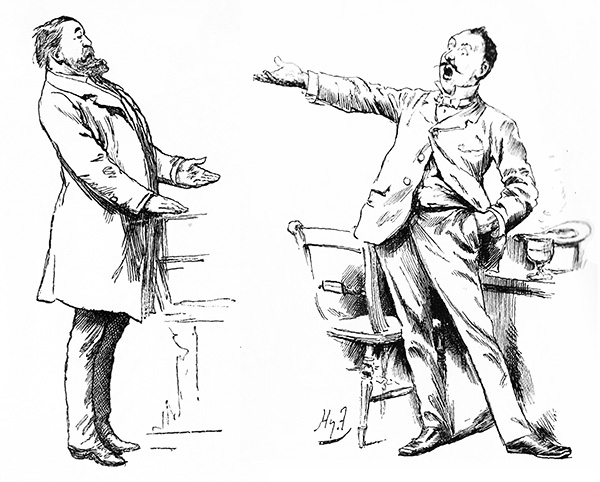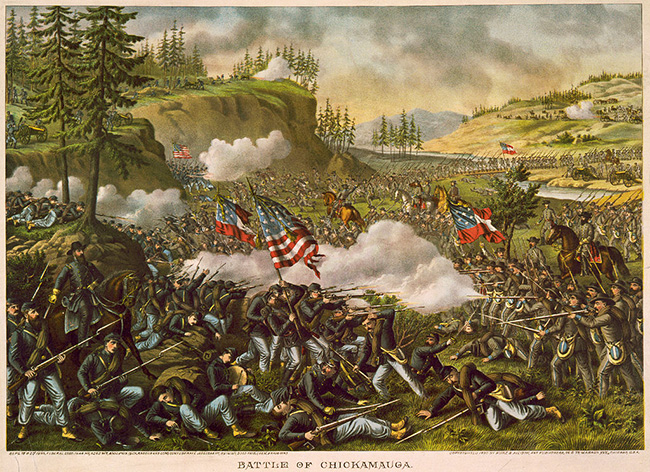A Great Divide
Today, truth-seeking across a great divide. The University of Houston's College of Engineering presents this series about the machines that make our civilization run and about the people whose ingenuity created them.
I write this in 2014. A Pew Research Center poll has just compared us with ourselves 20 years ago. Liberals and conservatives have dramatically polarized. Today, something like a third of democrats and republicans see the opposing party as a threat to the nation's well being. That's twice as extreme as it was in 1994. Democrats shifting left, republicans shifting right.
The report goes on for many pages and the data are frightening. They portray us as a nation headed toward the kind of ideological conflict we see abroad. (I'll post the link on the web.)

So how can this be? The electronic media certainly do let us cherry-pick what we want to believe. Any position we might take enjoys vast support - often by sites loaded with falsehoods.
One bright light in all this is the rise of fact-checking websites. Wikipedia builds such checks into its processes, and corrections go on, all the time. Many Wikipedia items carry flags telling us: Be careful! This information is not yet fully vetted.
Other sites root out lies and errors in particular arenas. Snopes.com specializes in urban legends. It's a lot of fun. Two more sites: PolitiFact.com which goes after politicians' statements. And PunditFact.com: It doesn't touch people in, or running for, office. Instead, it looks at statements by public pundits of all kinds.
The four I've mentioned are on my mind because I've used them heavily, and/or contributed information to them. I find they prize their own neutrality. I've seen the great care they take to be truthful. But there are many more such sites. And (here's the rub) some are openly partisan - they fact-check only their opponents, and post only their opponents' failings
Snopes, PolitiFact, and PunditFact all use color coding to display the degree of dishonesty or error. They range from a simple green for true, to red for false. Well, the latter two have another category of leaping flames for what they call "pants on fire." Some statements are simply clear attempts to mislead us.
To find more of these, we can Google "Fact Checking Sites". And, once we do, we face the old problem of sifting the honest from the slanted. But we have means for doing that. It's the principle of falsifiability - the starting point for all truth-seeking. We must be ready to accept disproof of what we thought was true. That's how all science works. That's why the term Creation Science is so problematic: Its conclusions precede evidence.
So we should ask of any fact-checking website, "Does it take its conclusions as the last word?" I like the way sites I've mentioned keep on questioning themselves. And, only when we learn anew to doubt things that we want to be true, can we begin suturing the great divide that threatens to split America in two.
I'm John Lienhard at the University of Houston, where we're interested in the way inventive minds work.
Click here for the Pew Research council report. See also the Snopes website and the PolitiFact sites. Some Newspapers also have fact-checking websites. See e.g.this one by the Washington Post.
On the matter of religion: Stephen Jay Gould's Principle of Non-Overlapping Magesteriasays that religion and science are separate domains - that we get into trouble only when we try to drag one into the other. Secularists such as Richard Dawkins object on the grounds that religion cannot avoid breaching the world of science. I hope Dawkins is wrong. Nevertheless, too many believers do breach the domain of scientific inquiry. And, when they do, they too must become subject to the test of falsifiability.
Images: clip art above; below, Library of Congress and Wikimedia Commons.

Let's not let this happen again.
This episode was first aired on July 18, 2014